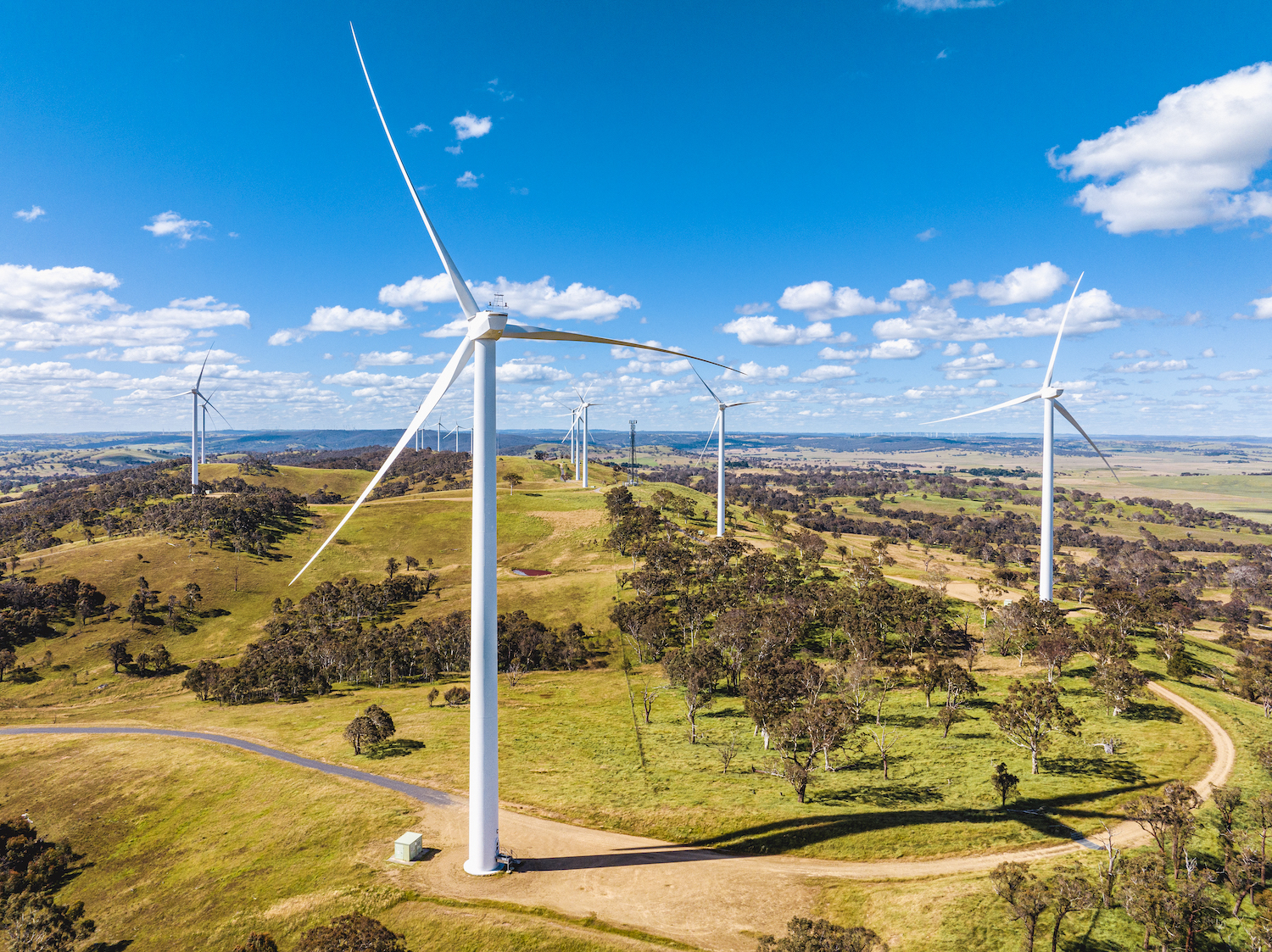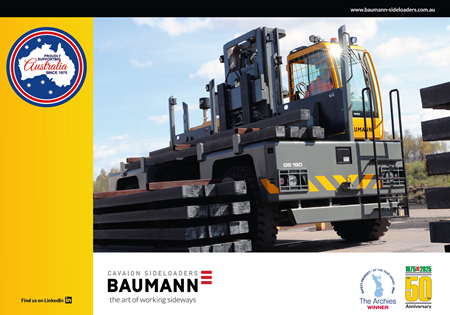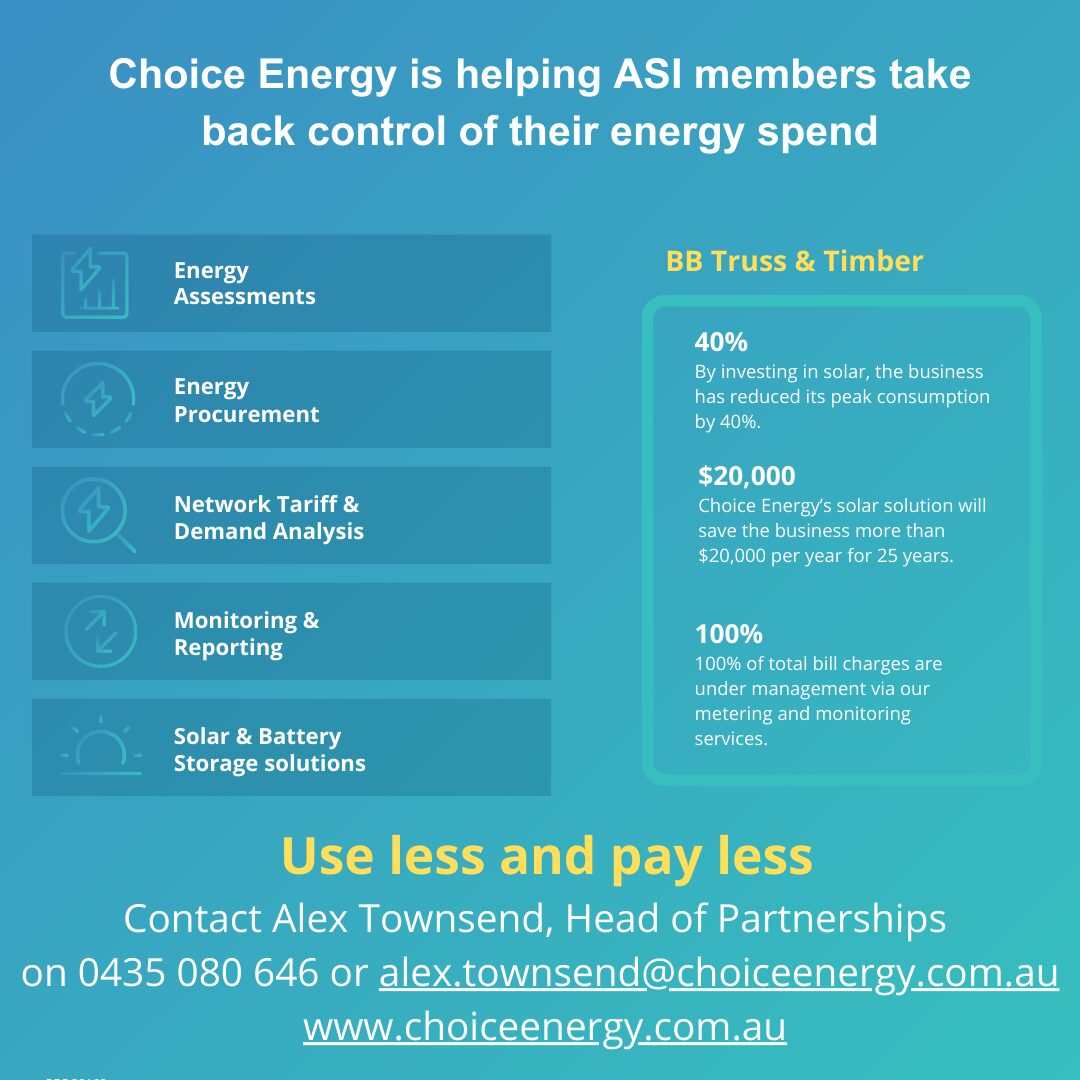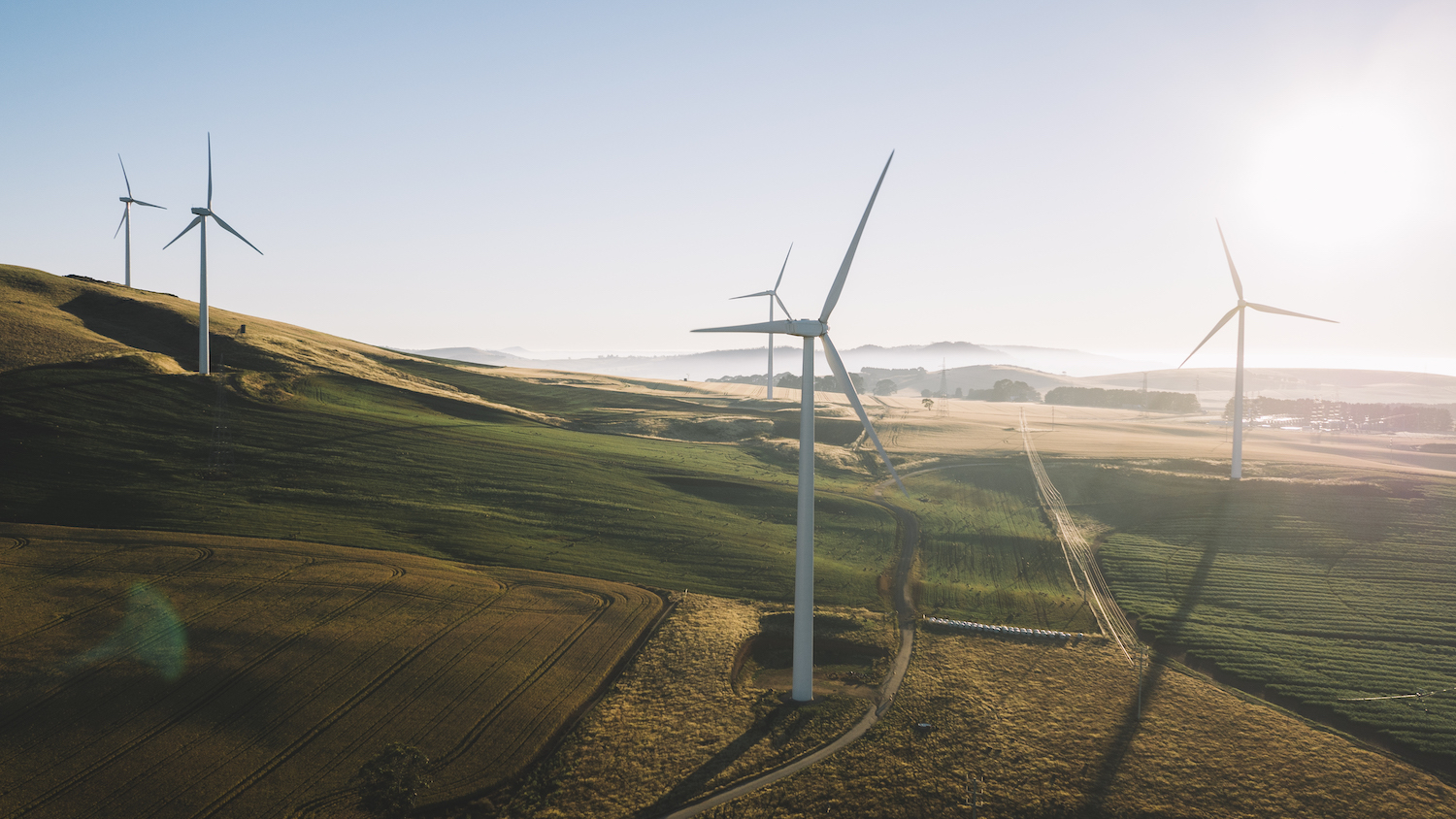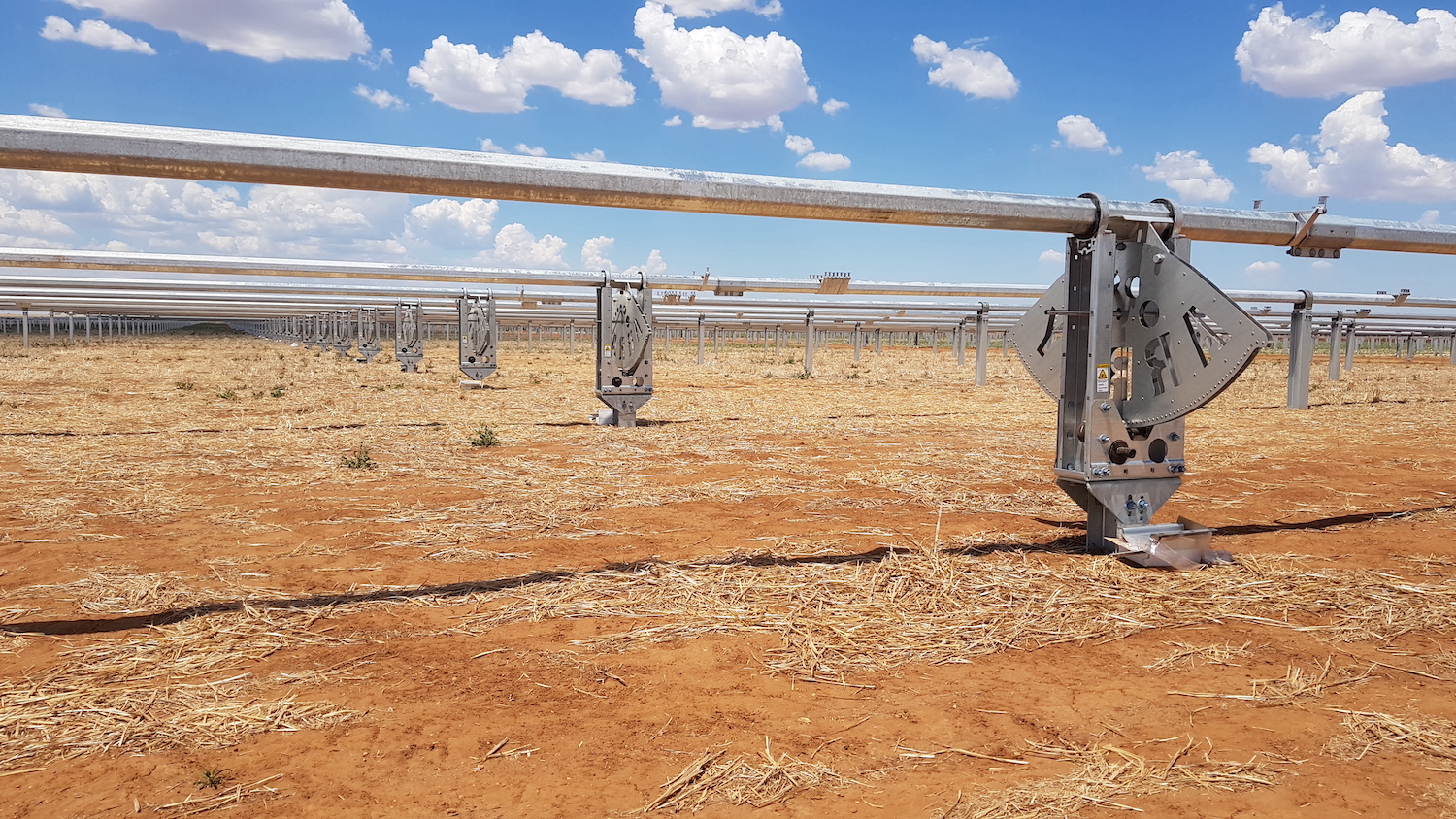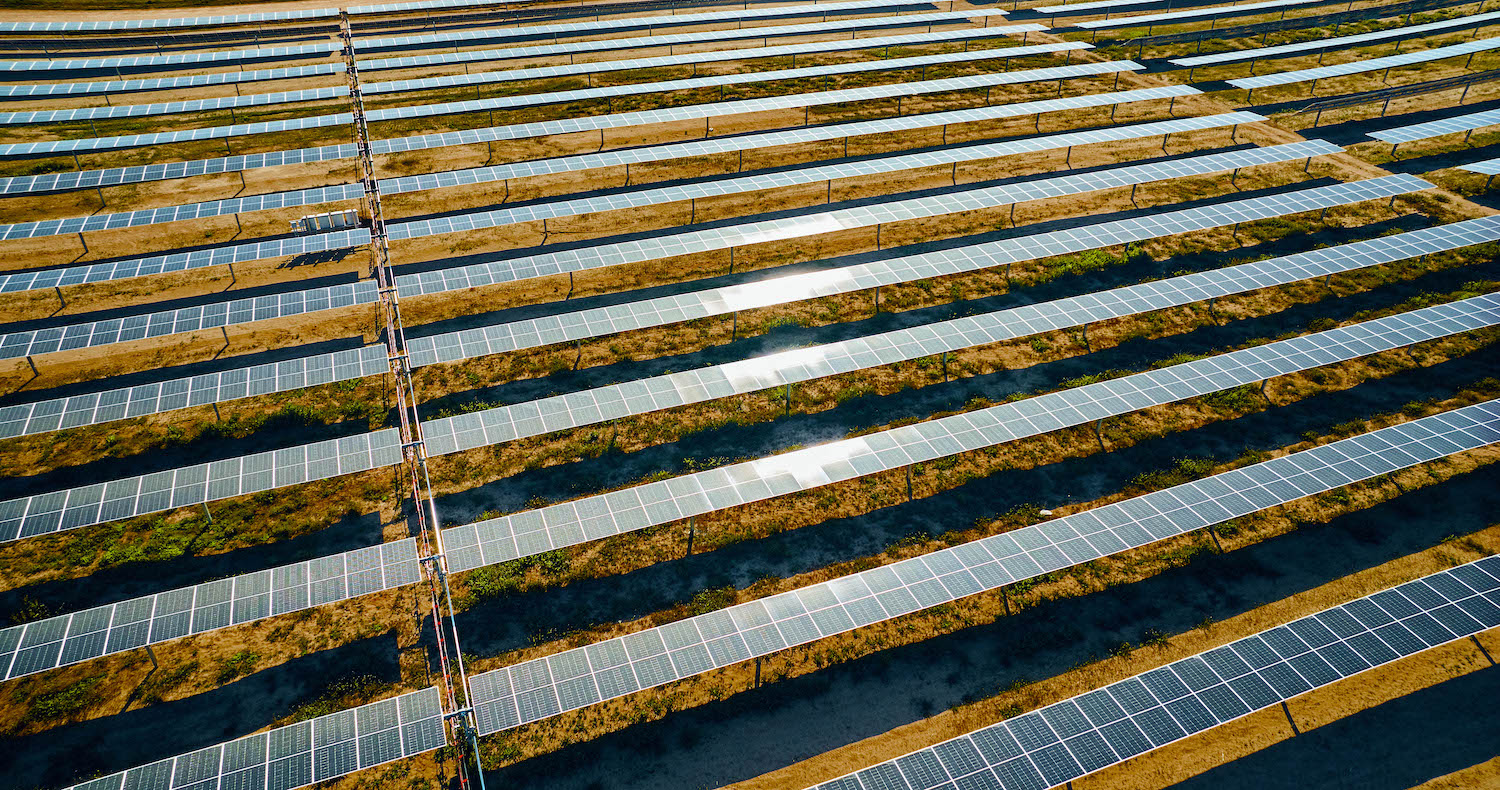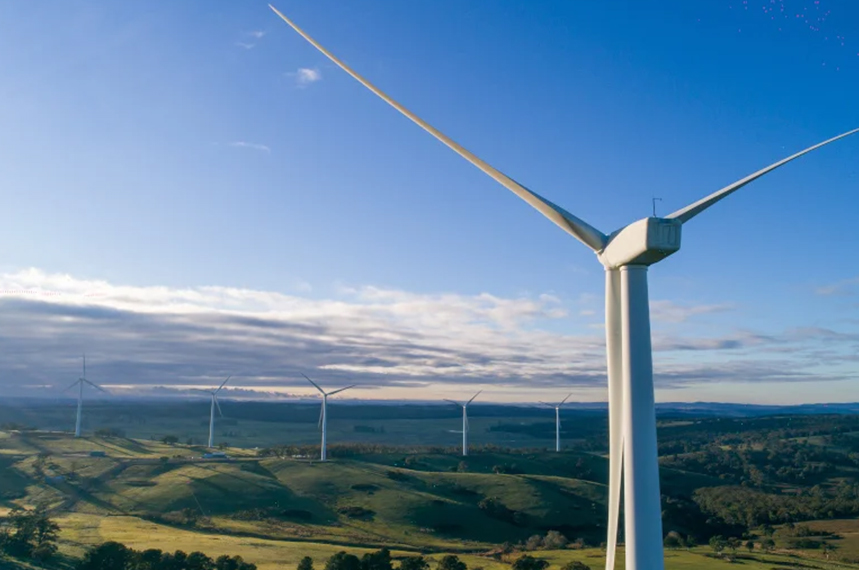Australia’s steel industry stands at the threshold of a generational opportunity, as the nation’s ambitious renewable energy targets fuel an unprecedented demand for steel-intensive infrastructure. With the Federal Government aiming for 82% of electricity to come from renewables by 2030, the scale of new wind, solar, hydro, and transmission projects is immense. Steel is the backbone of this transformation.
Every major renewable energy project relies on steel. An onshore wind farm with more than 200 turbines can require around 20,000 tonnes of reinforcing steel just for the turbine bases. Across Australia, more than 140 wind farm projects are in development, each demanding hundreds of tonnes of steel per turbine. The solar sector is equally steel-hungry, with estimates suggesting a need for 100,000 tonnes of structural steel and 100,000 tonnes of tube annually — figures set to rise as Australia expands its renewable footprint.
More than 400,000 tonnes of steel will be required each year through 2030 to service over 28 GW of renewable energy generation projects. Each megawatt of onshore wind requires 124 tonnes of steel, while solar installations need about 45 tonnes per MW. Transmission infrastructure, essential for connecting renewable projects to the grid, will also drive up demand, with every 1,000km of transmission line requiring 2,500 towers, each made from 30 tonnes of steel.
Economic and employment opportunities
Australia’s steel industry already employs more than 100,000 people and produces around 5.7 million tonnes of steel annually. The energy transition promises to supercharge the sector, creating new jobs and revitalising manufacturing regions. If Australia captures just 6.5% of the global steel market, it could generate 25,000 ongoing manufacturing jobs and $65 billion in annual export revenue, particularly in Queensland and New South Wales.
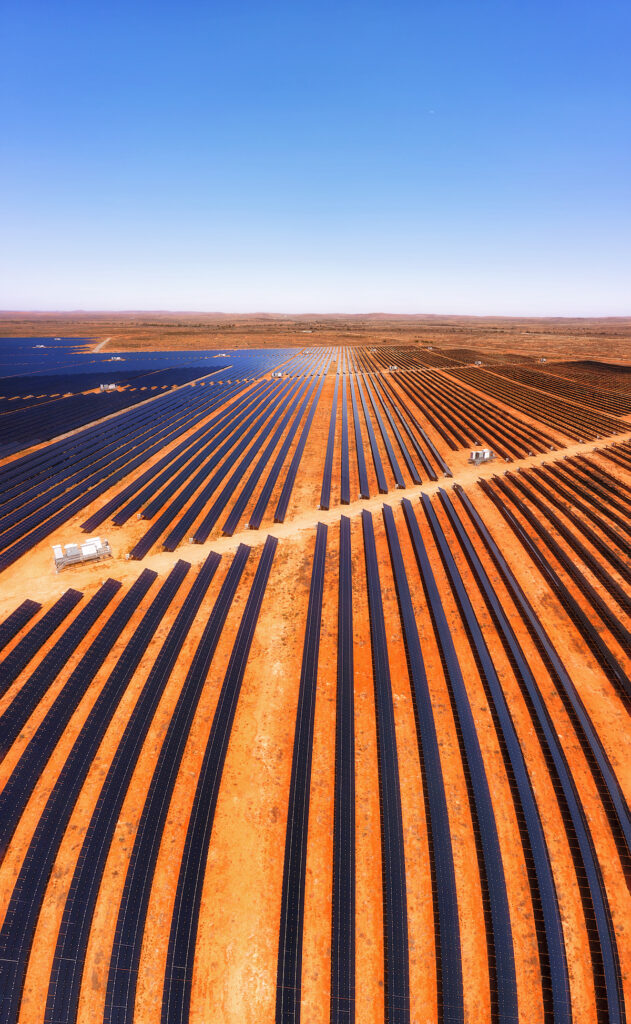
The policy imperative
Seizing this opportunity hinges on the right policy settings. The federal government has recognised the strategic importance of local steel, investing $500 million through the Future Made in Australia Innovation Fund to expand fabrication capacity and support onshore manufacturing for wind towers and other clean energy components. Further, up to $3 billion from the National Reconstruction Fund is earmarked for renewables and low-emissions technologies, including green steel.
However, without continued government support and strong local content requirements, Australia risks missing out on the full economic value, as renewable projects could remain reliant on established overseas supply chains. Policy must drive investment in advanced manufacturing, technology and skills to ensure Australia’s steel industry remains globally competitive and sustainable.
Australia’s steel industry has the capacity, capability and willingness to make the renewable energy transition a reality. This is clearly demonstrated by:
- Orrcon Steel’s work with Nextracker on torque tubes—the critical steel structures that enable solar panels to track the sun
- Collaborations between companies like InfraBuild, Austube Mills, Whyalla Steelworks One Steel Manufacturing and Array Technologies on solar farms
- High-performance anchor cages and hold-down bolts that Allthreads and Precision Oxycut produce for wind turbines
The renewable energy boom is a once-in-a-generation chance to cement Australia’s steel industry as a powerhouse of jobs, innovation, and exports. With the right government policy, Australia can not only meet its climate targets but also build a sovereign, sustainable steel sector at the heart of the nation’s clean energy future.

